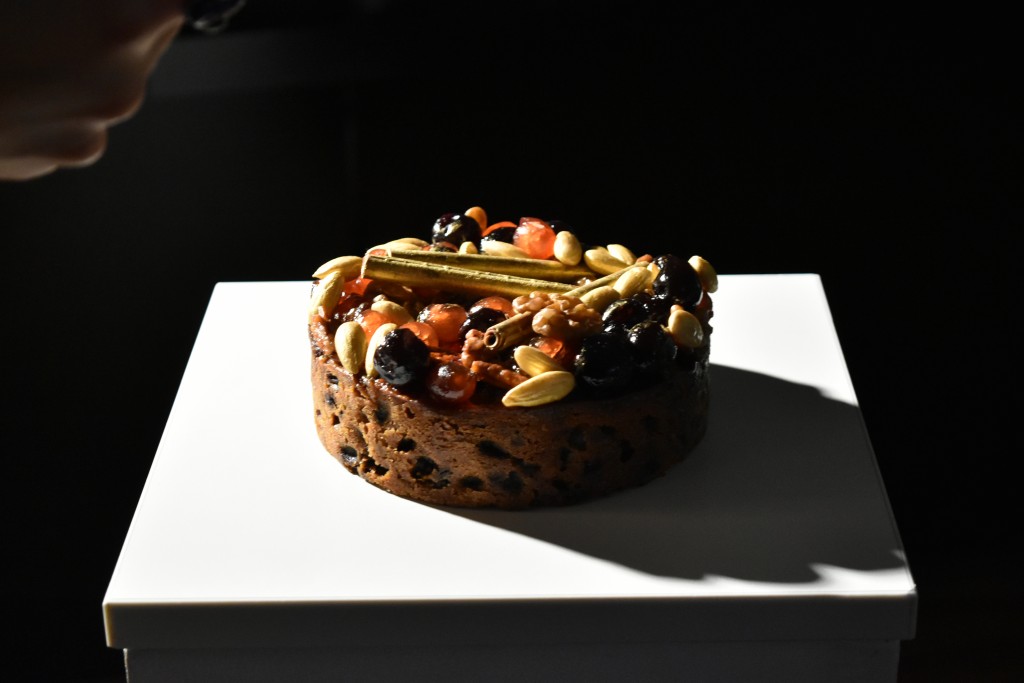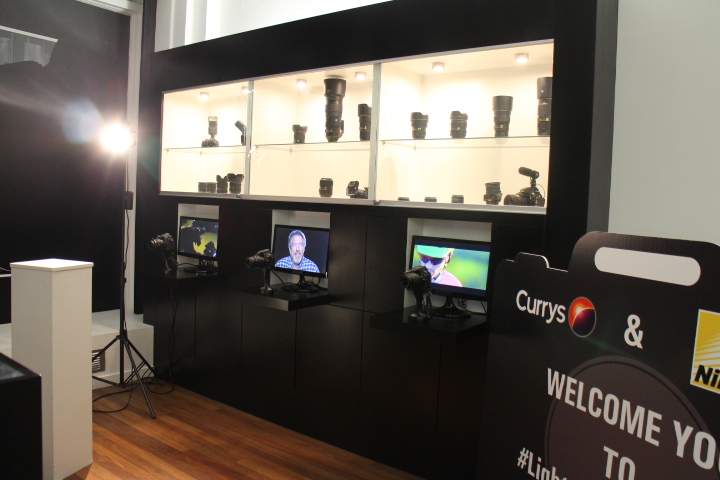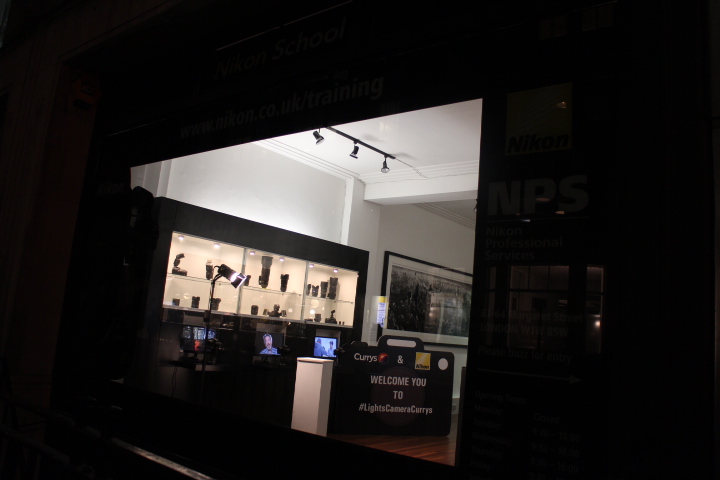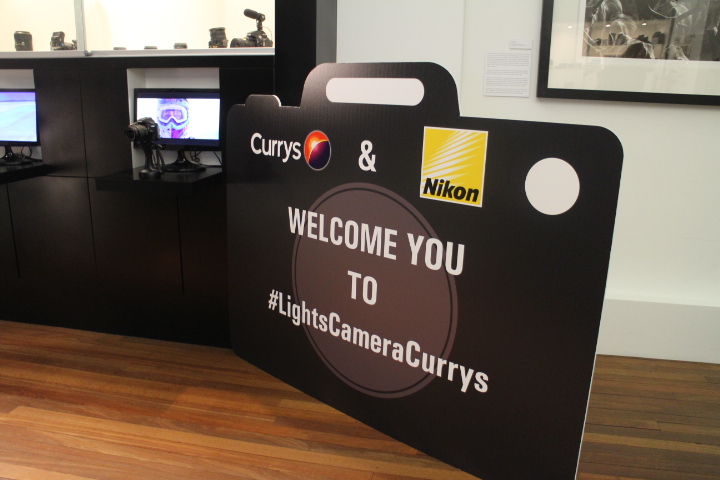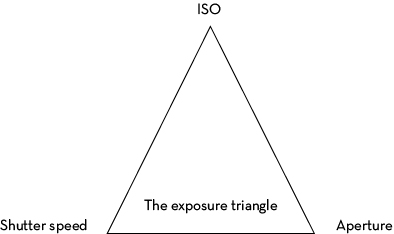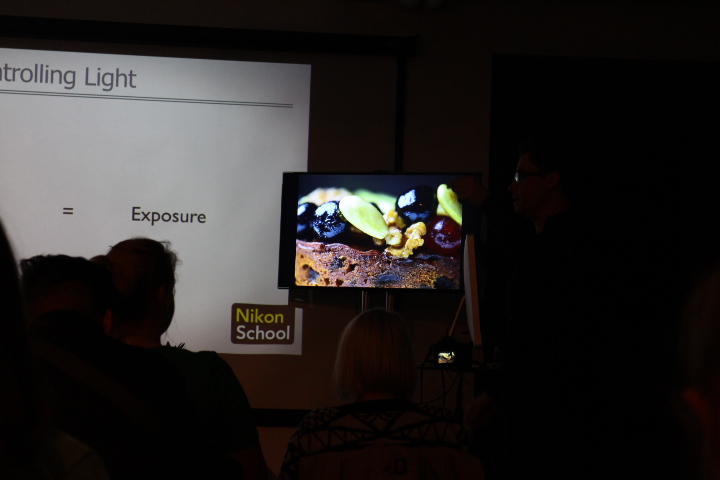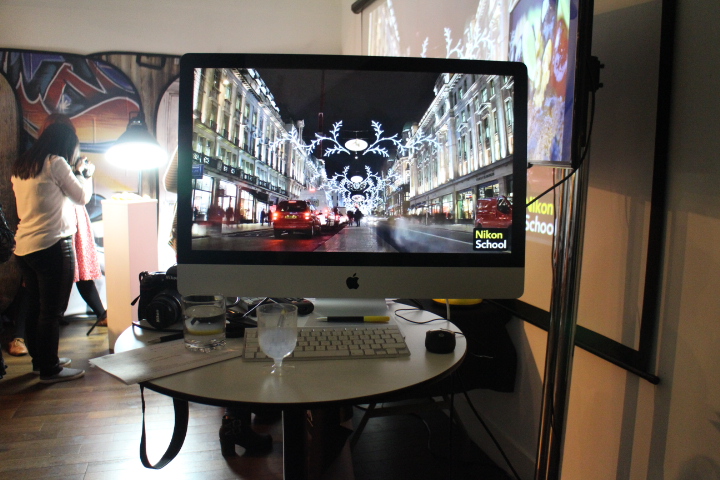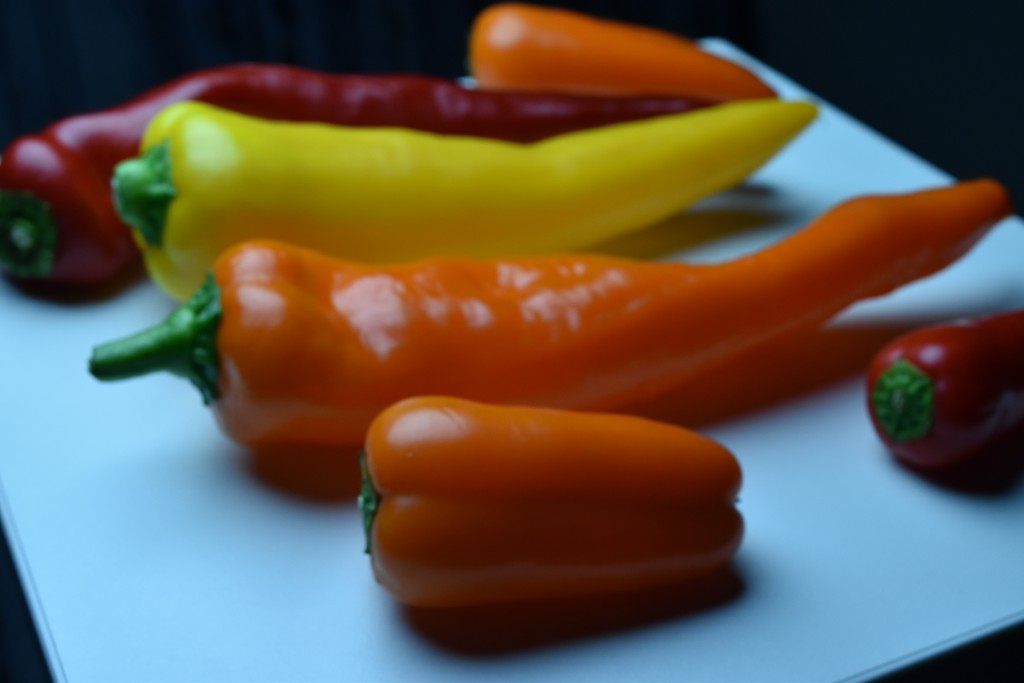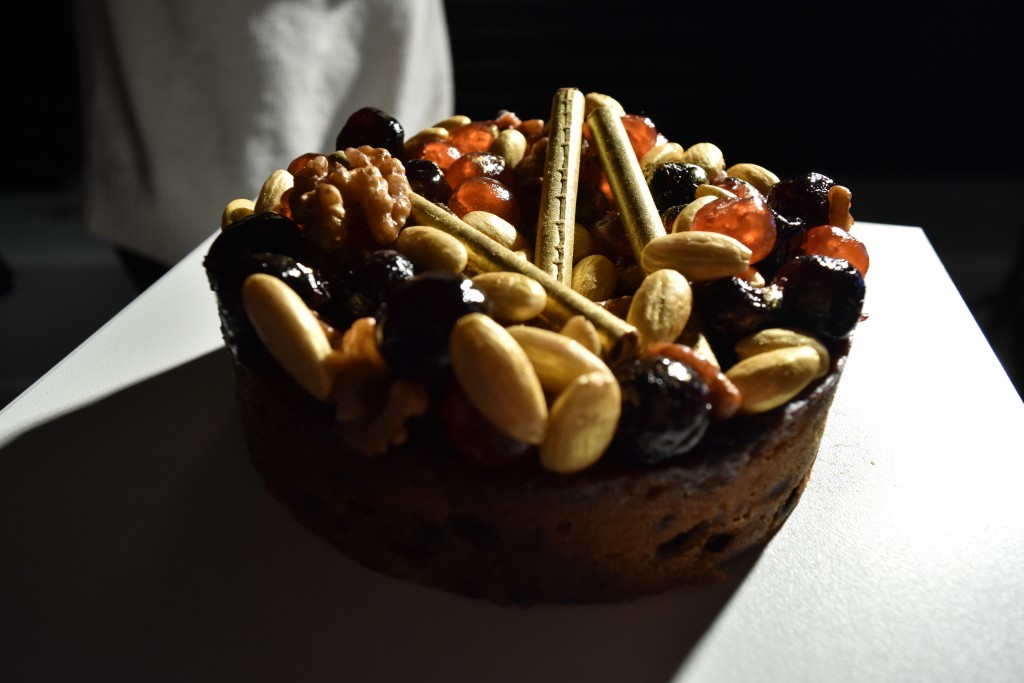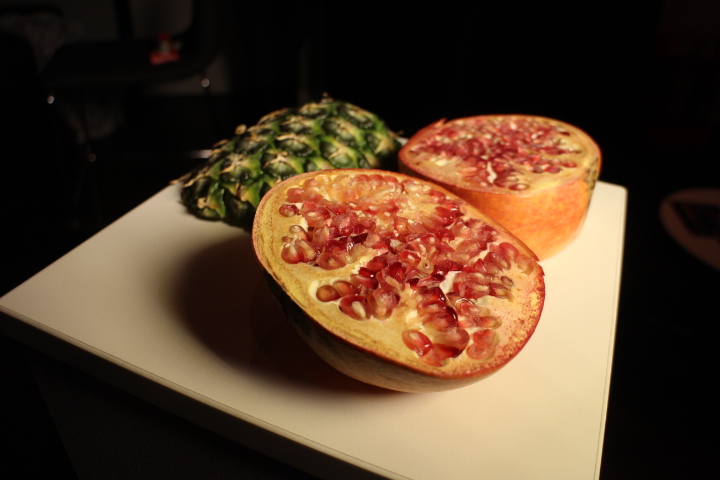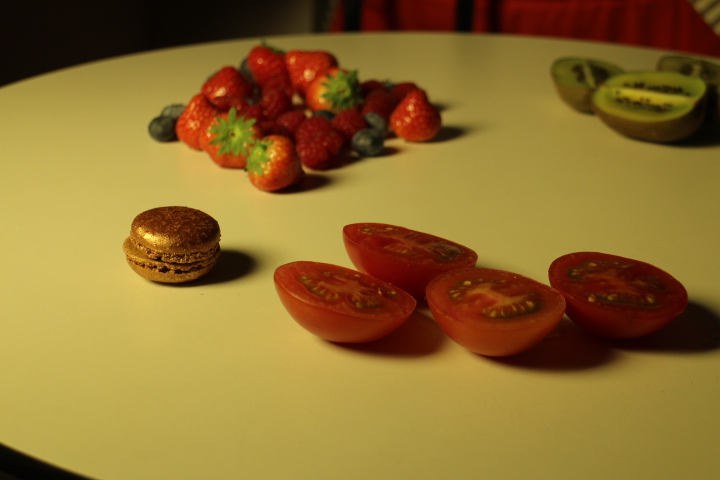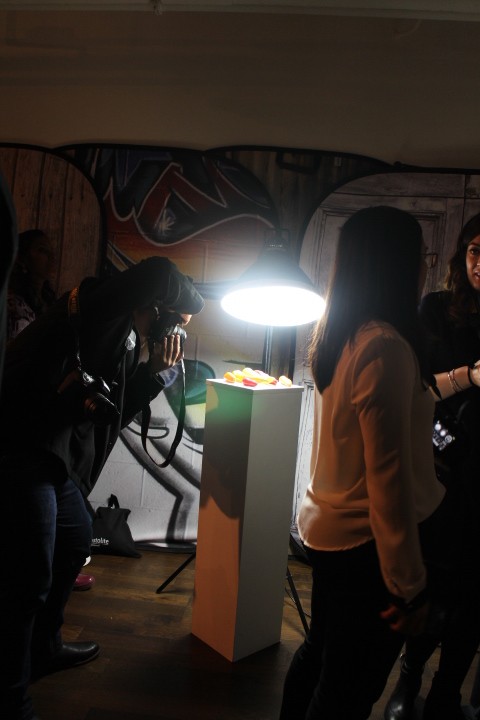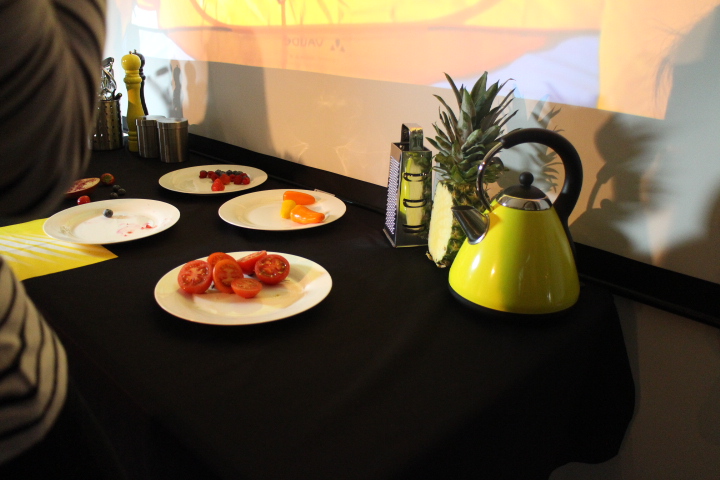You know I have a love of gadgets especially my photography equipment. In the last two years that I started to move away from my Canon point and shoot camera, I finally took the plunge and brought a DSLR. Most of my cameras have been purchased from Curry’s, they have an amazing aftercare service. I’ve been a Canon fan since forever but recently got invited to a bloggers event hosted by Curry’s at the Nikon photography school.
Lights, Cameras, Curry’s
This special event hosted by Curry’s and Nikon gave us the opportunity to get away from the auto functions from the camera to a more manual controlled way. The theme for the night was food photography.
Before we began we had snacks and nibbles before the presentation. The staff at Nikon done a wonderful job of explaining the exposure triangle in photography.
What does DLSR stand for?
Digital single-lens reflex
Let’s have a walk through with the modes on the camera. I borrowed a Nikon D5500 for the night, wanting to challenge myself from using my own camera. I took some images of the event using my Canon M.
The P stands for the program mode it chooses the most important settings for you, but you can also override the settings. Most of the time if you use the Auto setting the flash goes off which can wash out photos.
The S stands for Shutter priority, it controls how much the lens open in seconds. 1/6 of a second is the best for shooting handheld without a tripod; anything faster will give accidental blur in shots.
Have you seen those awesome photos of waterfalls, the shutter speed is opened longer to capture the movement of water usually at 4 seconds.
Light trails are best shot on a tripod using a long exposure to capture the light but keep the rest of the photo super sharp. These are usually shot at 8 seconds.
For those action shots, you need to get the shutter to open fire super quick at 1/4000.
Now the aperture mode controls the depth of field in photos. The F-stops depends on the lens attached on the DSLR. You can achieve the bokeh blur effect using this mode.
ISO is how sensitive light is to film. Higher ISO is generally used in darker settings, but you need to be careful in case there’s too much noise.
Once the presentation was finished we was sent away to shoot at four different stations of food with our new-found knowledge. Shooting with a Nikon was a lot harder for me, most of the shots didn’t come out as I wanted, but I did shoot a few decent ones. I did learn how to reset the white balance and took away more photography knowledge to apply for myself and have started to move away from that auto function.
Thank you, Curry’s for hosting and Nikon for the brilliant photography lesson.

